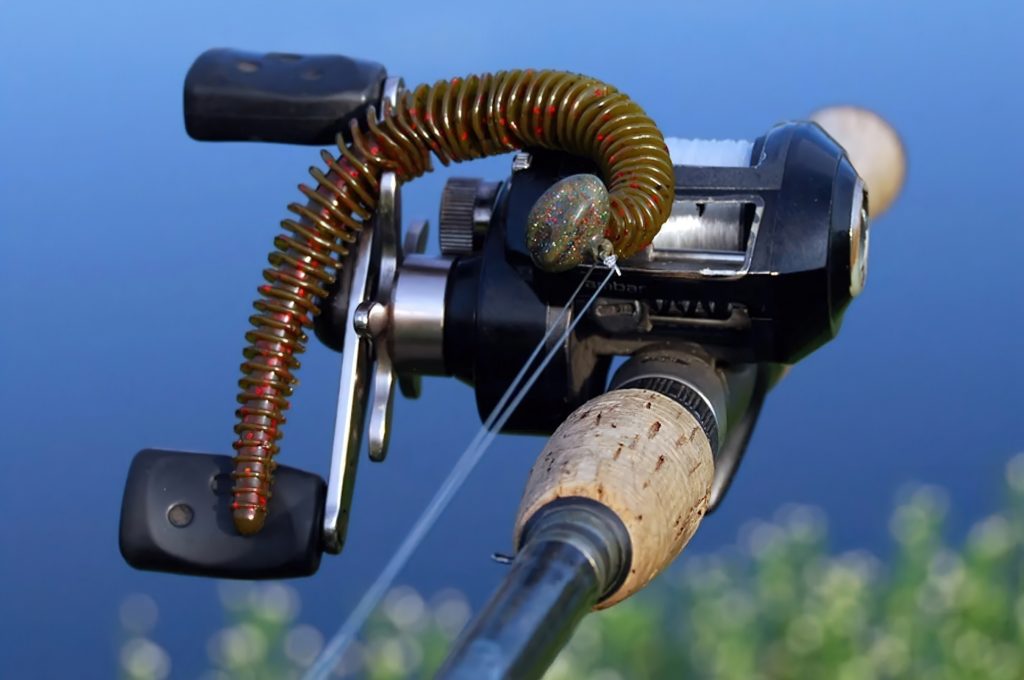Jigging is a popular and versatile fishing technique that involves using a weighted lure, called a jig, to entice fish into biting. This method is effective for targeting a wide range of fish species in both freshwater and saltwater environments. Jigging can be done from a stationary position, like a dock or boat, or while actively casting and retrieving the lure. In this comprehensive guide, we will explore various jigging techniques, gear, and tips for targeting different fish species.
- Different Types of Jigs and How to Choose the Right One for Your Target Fish
- Setting Up Your Jigging Gear: Rods, Reels, and Lines
- Tips and Techniques for Jigging Success: Retrieval Methods, Speeds, and Rhythms
- Advanced Jigging Techniques: Vertical Jigging, Pitching, and Skipping
- Jigging Safety and Etiquette: Best Practices for a Safe and Respectful Jigging Experience
- Mastering Jigging Techniques for a Successful Fishing Trip
Different Types of Jigs and How to Choose the Right One for Your Target Fish
There are numerous types of jigs available, each designed to imitate different types of prey or to target specific fish species. Some common jig styles include:
- Bucktail jigs: Made with natural or synthetic hair, these jigs provide lifelike action and are great for targeting species like bass, walleye, and even saltwater fish like flounder.
- Swim jigs: These are designed to be retrieved quickly, imitating a swimming baitfish. They are ideal for targeting bass, pike, and other aggressive predators.
- Finesse jigs: With a smaller profile and lighter weight, these jigs are perfect for finicky fish in clear water or heavily pressured areas.
- Vertical jigs: Designed for vertical jigging in deep water, these jigs often have a longer, slender profile and are effective for saltwater species like grouper, snapper, and amberjack.
Setting Up Your Jigging Gear: Rods, Reels, and Lines
Selecting the right jigging gear is essential for success. Here are some key components to consider:
- Rod: A medium to medium-heavy power, fast-action rod is ideal for most jigging applications. The fast action allows for better sensitivity and hook-setting, while the medium to medium-heavy power provides enough backbone to handle larger fish.
- Reel: A quality spinning or baitcasting reel with a smooth drag system is essential for jigging. Choose a reel with a high gear ratio for faster line retrieval when using swim jigs or pitching jigs.
- Line: Braided line offers excellent sensitivity and strength, making it ideal for jigging. Use a fluorocarbon or monofilament leader for added invisibility and abrasion resistance.
Tips and Techniques for Jigging Success: Retrieval Methods, Speeds, and Rhythms
Casting and retrieving: Cast your jig beyond your target area and allow it to sink to the desired depth. Retrieve it with a steady or erratic motion, depending on the species you’re targeting and the jig type.
- Bottom bouncing: Allow the jig to sink to the bottom and then lift your rod tip, causing the jig to “bounce” along the bottom. This is an effective technique for species that feed near the bottom, like walleye and flounder.
- Vertical jigging: Drop the jig vertically to the desired depth, and then use short, sharp jerks of the rod tip to impart action on the jig. This method is popular for deep-water saltwater species and ice fishing.
- Jigging for Specific Fish Species: Walleye, Bass, Trout, and More
- Walleye: Use bucktail jigs or swim jigs in natural colors like white, green, or brown. Fish near structure and along drop-offs, varying your retrieval speed and depth.
- Bass: Pitch or flip finesse jigs into cover like weeds, brush, or docks. Swim jigs can be used to cover water quickly and target aggressive bass in shallow areas.
- Trout: Small, finesse jigs in natural colors work well for trout in streams and rivers. Use a lighter line and jig size, and target deeper pools and areas with current breaks.
Advanced Jigging Techniques: Vertical Jigging, Pitching, and Skipping
Vertical jigging: This technique is particularly effective in deep water and for saltwater species. Lower the jig to the desired depth, then use short, sharp upward jerks of the rod tip to give the jig a lifelike motion. Be prepared to set the hook quickly, as bites can be subtle.
Pitching: This is a specialized casting technique used primarily for bass fishing in heavy cover. Hold the jig by the line, and swing it out to the target area with a smooth, underhand motion. This allows for more accurate and quieter lure placement, increasing your chances of enticing a bite.
Skipping: This advanced casting technique involves skipping the jig across the water’s surface to reach fish hiding under docks, overhanging trees, or other hard-to-reach areas. Use a sidearm cast with a low trajectory, and practice your timing to achieve the perfect skip.
Jigging Safety and Etiquette: Best Practices for a Safe and Respectful Jigging Experience
Be aware of your surroundings when casting, especially if fishing from a boat or crowded area. Always communicate with fellow anglers to avoid crossing lines or casting into each other’s space.
Use caution when handling hooks and lures to avoid injury. Barbless hooks are recommended for easier hook removal and reduced harm to fish.
Practice catch-and-release techniques whenever possible to ensure the long-term health of fish populations. Handle fish with wet hands, use a rubberized net, and release fish quickly to minimize stress.
Mastering Jigging Techniques for a Successful Fishing Trip
Jigging is a versatile and effective fishing technique that can be adapted to target a wide range of fish species. By understanding the various types of jigs, setting up the appropriate gear, and practicing different retrieval methods, anglers can significantly increase their chances of success on the water. Remember to always prioritize safety and respect for fellow anglers and the environment. With practice and persistence, you can become a master of jigging techniques and enjoy many successful fishing trips.

